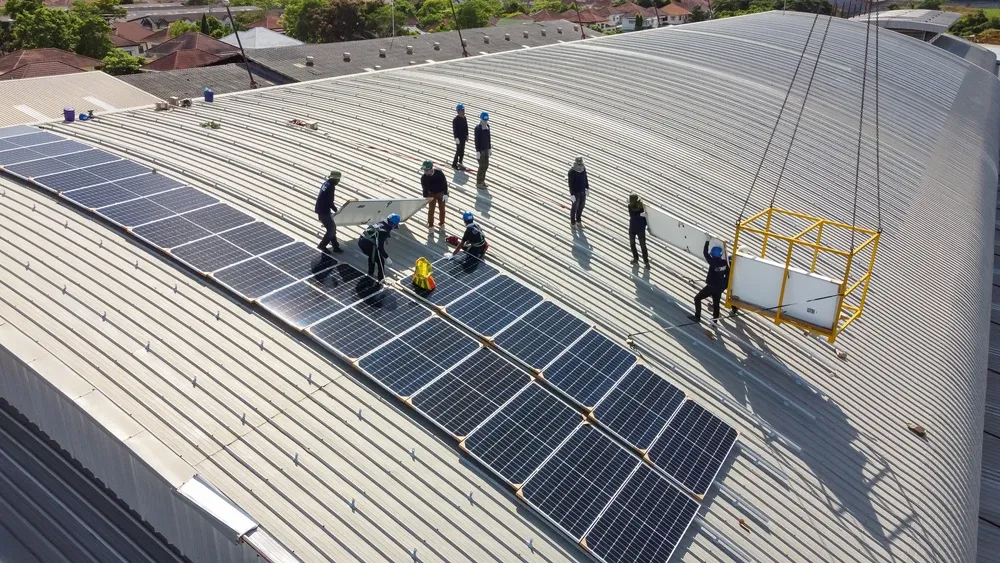Design and Devices for Electrical Power System Protection Course
Introduction:
This course delves into the fundamental concepts and advancements in electrical power system protection. It covers the operation of protection systems within electrical networks and highlights the significance of common protection devices, such as relays.
These devices play a crucial role in safeguarding critical elements of the power distribution system from electrical faults. When activated, relays provide a fault protection mechanism by isolating faulty components from the system. Understanding these protection methods is essential for anyone looking to specialize in electrical power system protection.
The course includes intensive practical exercises and application drills focused on core principles and technologies, equipping participants with a broad skill set related to various protection apparatus. It emphasizes the vital role of protection systems in maintaining the integrity of power networks. Participants will learn about relay protection and other power system protection methods, gaining the knowledge and skills needed to safeguard electrical systems and power systems.
Objectives:
By the end of this Design and Devices for Electrical Power System Protection course, participants should be able to:
- Recognize the types and causes of electrical faults.
- Discuss practical considerations when recommending electrical protection systems.
- Apply fundamental knowledge of the operational concepts and selection of protective relays.
- Design and develop advanced protection schemes.
- Gain expertise in the construction and functions of instrument transformers.
- Explore various grounding systems and earthing fault protection methods.
Training Methodology:
- Interactive lectures
- Hands-on workshops
- Case study analysis
- Group discussions
- Simulation
- Project-oriented activities
- Peer learning
- Brainstorming sessions
- Question and answer discussions
Course Outline:
Unit 1: Types of Electrical Protection Devices and Faults
- Necessity of Electrical Power, Protection, and Control Devices
- Different Types of Electrical Faults
- Properties of High Voltage Fuse Links in Electrical Protection Systems
- Properties of Circuit Breakers in Electrical Protection Systems
- Microprocessor Overcurrent Protection Relays
- Time, Current Curves, and Logic Discrimination
- Hot and Cold Tripping Curves
- Short Circuit Protection of Low Voltage Switchboards
Unit 2: Protection Functions and Instrument Transformers
- Overview of Power Systems
- Introduction to Protection Functions
- Selective Coordination and its Mechanisms
- Lockout Features and Anti-Pumping Relays
- Functional Elements in Electrical Systems
- Instrument Transformers for Current and Voltage
- Types of Relays: Feeder/Windings Protection and Their Applications
- Numerical Relays and Their Applications
Unit 3: Busbar, Transformer, and Motor Protection Systems
- Protective Mechanisms for Busbars
- Maintenance of Transformer Protection
- Protection for Electric Motors and Systems
- Protective Capacitor Devices
- Protection of Overhead Power Lines
- Related Faults
- Appropriate Protective Functions
- Coordination of Protective Devices
- Relay Settings for Circuit Breakers
- Sizing Calculations for Current Transformers
- Global Computation of Short Circuit Current
- Selection of Busbar Ratings
- Creating a New 11kV Air-Insulated Switchgear Substation
Unit 4: System and Load Earthing and Protection against Earth Faults
- Overcurrent Elements for Phase Faults and Earth Fault Protection
- Internal Defense Systems
- Distance Protection
- Protection of Feeders against Excessive Load and Short Circuits
- Earthing Systems in Electrical Power Distribution
- Restricted Earth Fault Relays
- Methods for Implementing Earth Fault Protection Sensitivity
- Additional Steps for Protecting Electrical Systems from Overvoltage
Unit 5: Execution of Testing of Relays, Short Circuit Current Calculation, and Harmonics Issues
- Testing of Protective Relay Components
- Short Circuit Current Analysis
- Outage Management Techniques
- Short Circuit Current Calculations at Fault Locations
- Overview of Three Phase Power Systems and Their Components
- Methods for Reducing Triple Harmonics and Their Effects


















